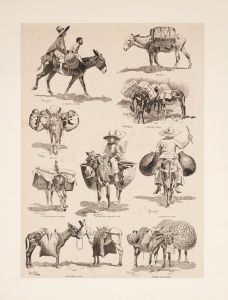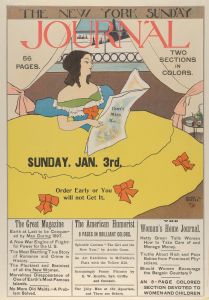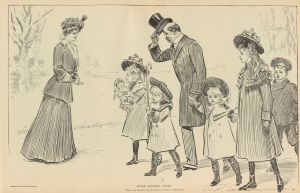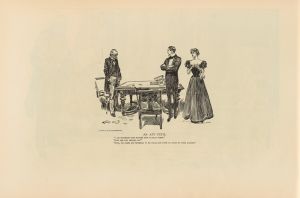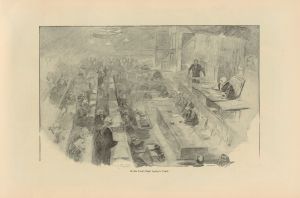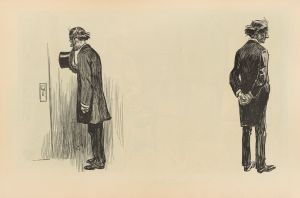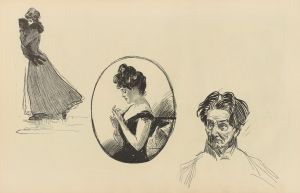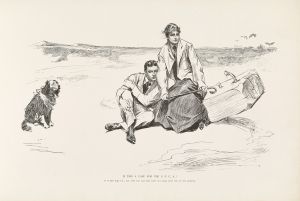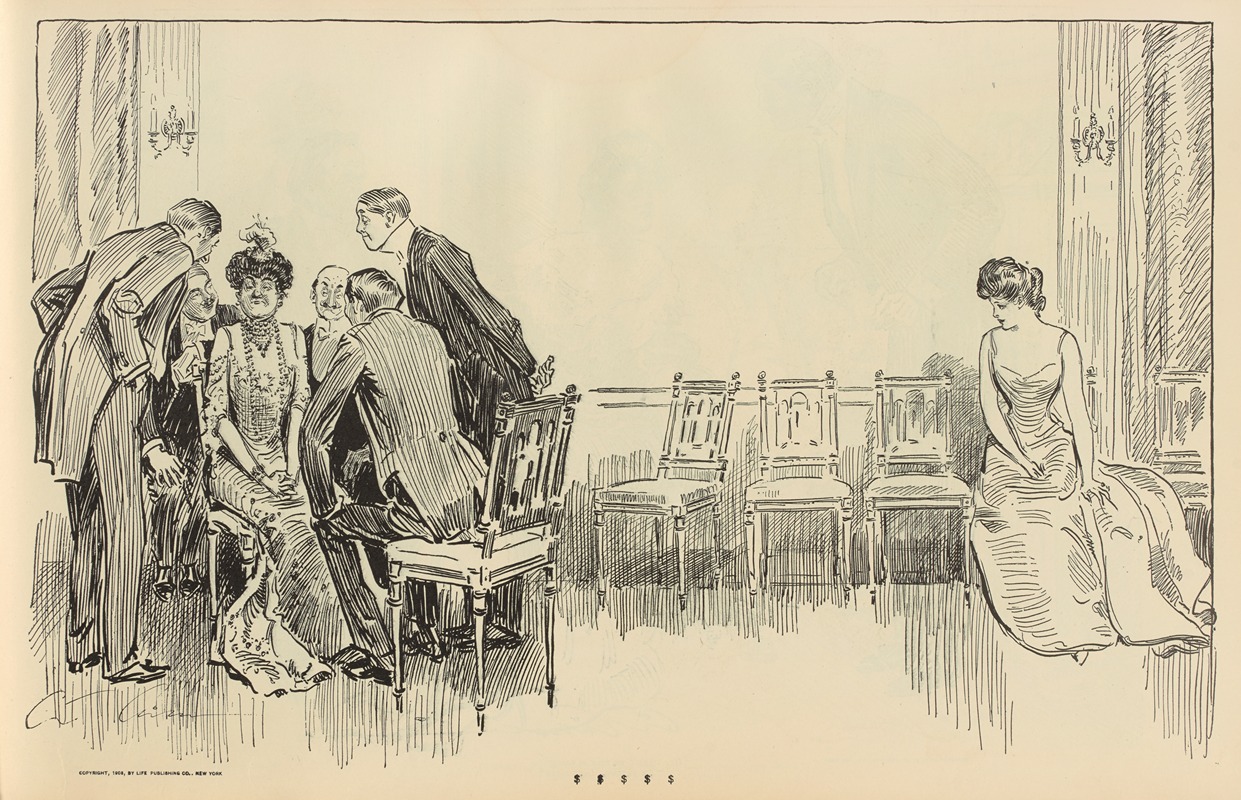
$$$$$
A hand-painted replica of Charles Dana Gibson’s masterpiece $$$$$, meticulously crafted by professional artists to capture the true essence of the original. Each piece is created with museum-quality canvas and rare mineral pigments, carefully painted by experienced artists with delicate brushstrokes and rich, layered colors to perfectly recreate the texture of the original artwork. Unlike machine-printed reproductions, this hand-painted version brings the painting to life, infused with the artist’s emotions and skill in every stroke. Whether for personal collection or home decoration, it instantly elevates the artistic atmosphere of any space.
Charles Dana Gibson was an influential American illustrator best known for creating the "Gibson Girl," an iconic representation of the American woman at the turn of the 20th century. However, there is no widely recognized artwork titled "$$$$$" by Charles Dana Gibson. It is possible that the title may be a misinterpretation or an informal reference to a lesser-known work, but there is no verifiable information or historical record of a piece by this name in Gibson's oeuvre.
Gibson's career was marked by his keen ability to capture the social dynamics and cultural shifts of his time through his illustrations. He was born on September 14, 1867, in Roxbury, Massachusetts, and studied at the Art Students League in New York City. His work began to gain prominence in the 1890s when he started contributing to popular magazines such as Life, Harper's Weekly, and Scribner's.
The "Gibson Girl" became a cultural phenomenon, embodying the idealized image of youthful beauty, independence, and confidence. This character was depicted as tall, slender, and elegant, often engaged in various activities that showcased her intelligence and capability. The Gibson Girl was not just a fashion icon but also a symbol of the changing roles of women in society during the Progressive Era.
Gibson's illustrations were characterized by their detailed line work and the ability to convey complex social narratives with simplicity and wit. His work often included satirical elements, commenting on the social mores and gender roles of his time. The popularity of the Gibson Girl extended beyond illustrations, influencing fashion, hairstyles, and even the behavior of women who aspired to emulate her.
In addition to his work with the Gibson Girl, Gibson produced a wide range of illustrations that captured various aspects of American life. His art was not limited to magazine illustrations; he also worked on books and other publications, contributing to the visual culture of the early 20th century.
Despite his success, Gibson eventually grew tired of the repetitive nature of commercial illustration and shifted his focus to painting. He retired from illustration in the 1930s and spent his later years painting landscapes and portraits. Charles Dana Gibson passed away on December 23, 1944, leaving behind a legacy that continues to influence artists and illustrators.
Given the absence of any specific information or historical documentation regarding a work titled "$$$$$" by Charles Dana Gibson, it is important to rely on verified sources and records when discussing his contributions to art and culture. If new information or clarification about this title emerges, it would need to be substantiated by credible evidence to be included in any comprehensive discussion of Gibson's work.





